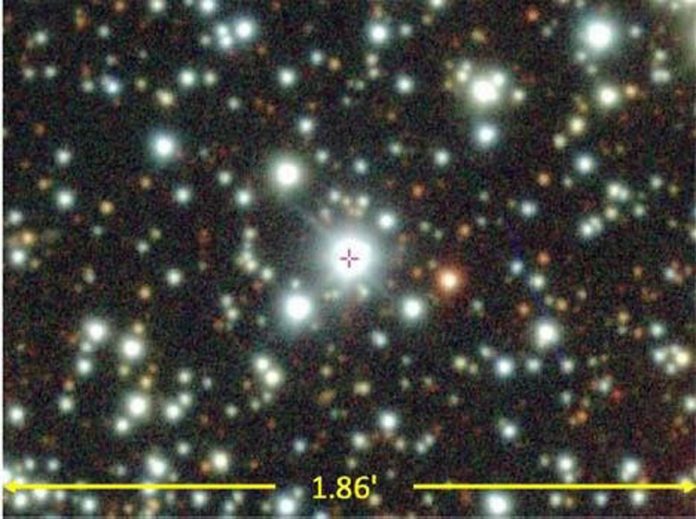Karen Collins, an astronomer from Harvard-Smithsonian Centre for Astrophysics (CfA), has discovered a mysterious variable object named TIC 400799224. Collins has used machine-learning-based computational tools to search the Catalog. The Catalog have detailed behavioural pattern of thousands of known objects.
This kind of method has been used previously in disintegrating planets that emit dust. TIC 400799224 has been discovered by Collins because of its brightness. There were several sharp brightness variations which the scientists thought to be eclipse.
TESS has a very sensitive camera
TIC 400799224 has been discovered by Collins by using the Transiting Exoplanet Survey Satellite (TESS). TESS was launched in 2018. It was launched with the goal of discovering small planets orbiting the nearest neighbour stars of Sun. Till now TESS has discovered 172 exoplanets. It has also compiled a list of 4703 exoplanets. It has a very sensitive camera which captures images of huge field of view. TESS also compiled together over 1 billion objects in TESS Input Catalog (TIC). The TIC objects include stellar pulsations, shocks from supernovae, disintegrating planets, disk occultations and many more.
TIC 400799224 is a binary star
TIC 400799224 has been studies by the astronomers with a variety of facilities. Astronomers think TIC 400799224 is probably a binary star system. This star pulsates with a 19.77-day period. This star periodically emits clouds of dust. The dust then occults the star. The dust occultations are erratic in their shapes. These are also detectable for some time.
The quantity of the emitted dust is huge. Astronomers said if this dust have been produced by object like the asteroid Ceres, it would have only lasted for eight thousand years. But this object has remained in its strict periodicity. The emission of dust has also remained constant.
The team of scientists have decided to monitor the object from now on. The scientists will also incorporate historical observations of the sky to determine its variations.

